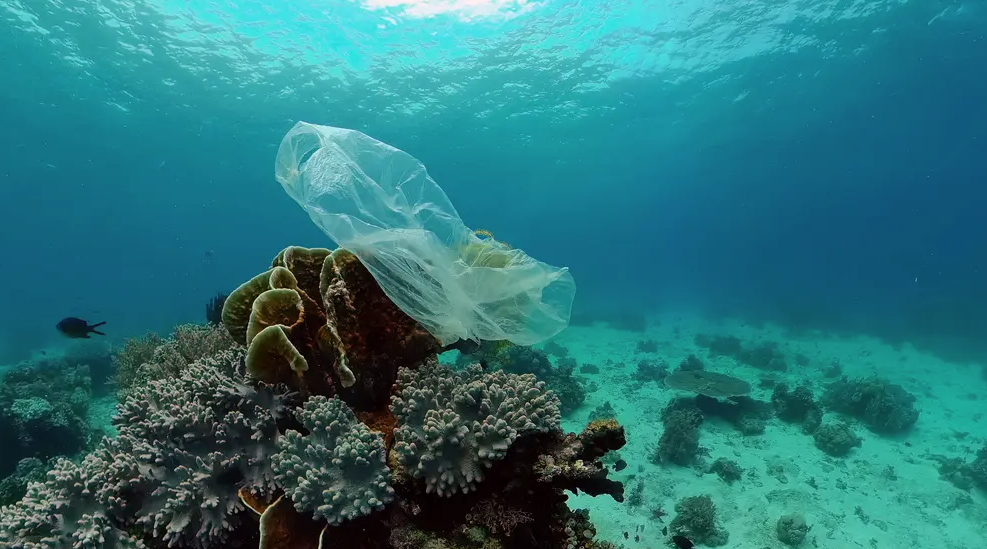The concentration of plastic is greater in coral reefs at the limits of protected marine areas
(sustainabilityenvironment.com) – Even the most evocative ecosystems in the world have now been reached by plastic. In fact, a large number of debris lurks between the coral reefs, which increase with depth. And they come mainly from fishing. This is recounted in an article published in Nature, which describes a study of researchers from the California Academy of Sciences, the University of São Paulo, the University of Oxford and the University of Exeter.
Four universities in different countries of the world, together to map the impact of plastic on coral reefs. Through underwater visual surveys that covered 25 hotspots in the Indian, Pacific and Atlantic oceans, researchers have uncovered the distribution of plastic pollution and its causes. Researchers conducted more than 1,200 observations in 84 coral reef ecosystems in 14 countries. For the deepest and most difficult to reach reefs, located in the so-called “twilight zones” (30-150 meters deep), they used specialized diving equipment.
Half the world’s coral reefs have 13 years to live
The results are interesting. Although these ecosystems are clearly less polluted than coastlines and wetlands, they have unique problems. The amount of plastic increases with depth and is mainly due to fishing activities. 88% of the debris found was made of macroplastics, larger than 5 centimeters. How can it end up this deep? The researchers hypothesize two causes: the wave motion that leads the fragments to become entangled in the coral reefs and the divers that remove them only from those surface barriers, easier to reach.

